Fairy Protection: 10 Ways to Protect Your Home & Yourself
Is fairy protection really necessary? Fairies are often depicted as mischievous and powerful beings that can cause harm to humans who cross their path. While fairy tales and stories about fairies are often meant to entertain and enchant, they can also serve as cautionary tales about the dangers of interacting with supernatural beings. Fairy protection is a real concern for those who open themselves up to the other dimensions.
In some traditions, fairies are said to be capable of causing physical harm, such as by leading people astray or stealing their children. They are also often associated with trickery and deception, and may use their powers to manipulate or harm humans. Additionally, fairies are sometimes believed to be responsible for illnesses and other misfortunes.
For these reasons, it is important to be cautious when interacting with fairies or other supernatural beings. Fairy protection is a reality whether you believe in them or not.
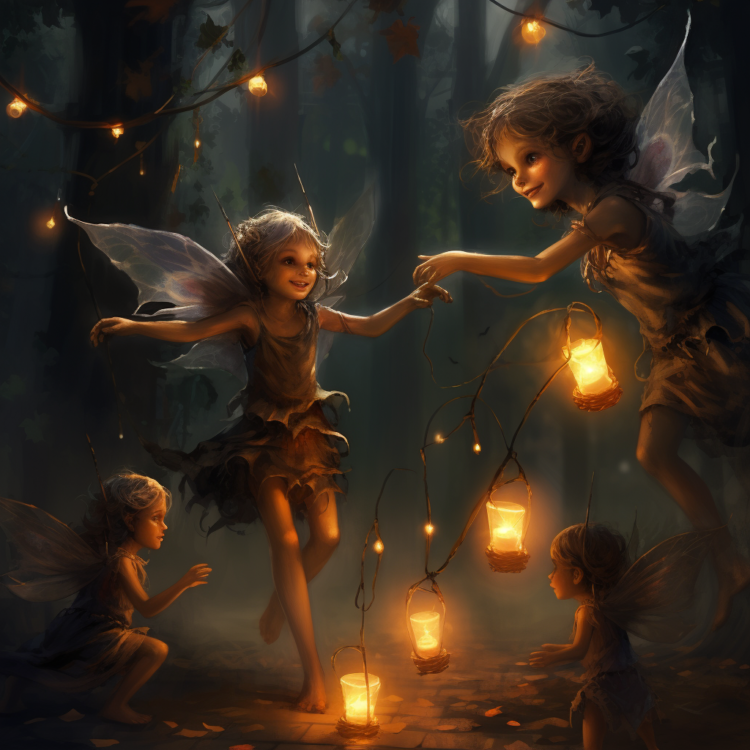
This might mean avoiding certain places or activities that are associated with fairies, such as walking alone in the woods at night or leaving food or drink unattended. It may also mean being respectful and polite when encountering fairies, and avoiding behaviors that could be seen as disrespectful or offensive.
Ultimately, while the idea of fairies and other supernatural beings can be charming and enchanting, it is important to remember that they are not always benevolent, and that caution and respect are key when it comes to protecting oneself from their potential harm.
What Are Trickster Fairies?
Trickster fairies are a type of fairy commonly found in folklore and mythology that are known for their mischievous, playful, and sometimes devious behavior. They are often portrayed as cunning and quick-witted, using their intelligence and magical powers to pull pranks or play tricks on humans.
Trickster fairies can take many forms, depending on the culture or region in which they are found. For example, in Celtic mythology, there are the mischievous and unpredictable pooka or puca, while in Scandinavian folklore, there are the notorious and often malevolent trolls.
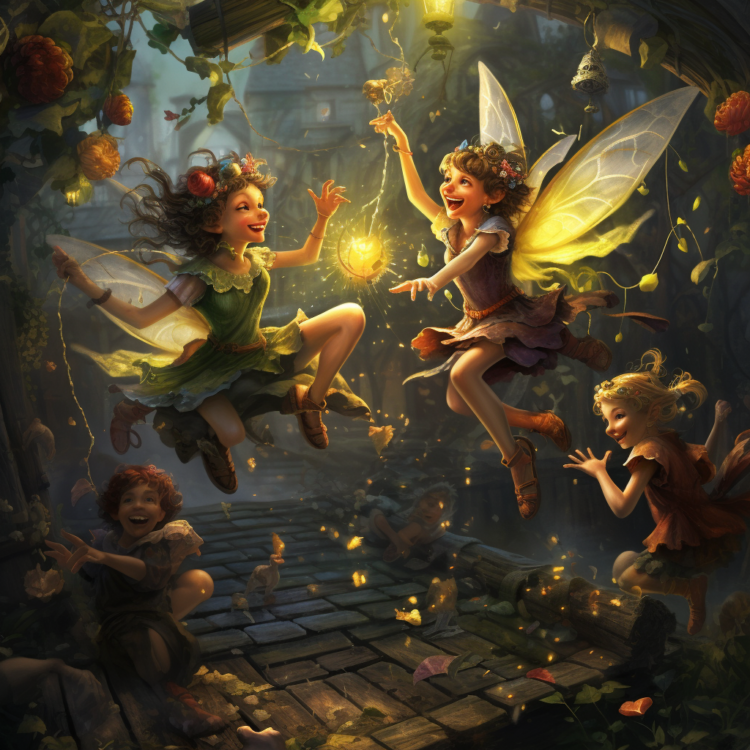
In some cases, trickster fairies are depicted as being more playful than harmful, and their pranks are seen as harmless fun. In other cases, however, they can be more malicious and dangerous, and their behavior may be intended to harm humans or lead them into danger.
Overall, trickster fairies are a fascinating and complex aspect of fairy folklore, and their presence in myths and legends throughout history has helped to shape our understanding of these mythical creatures.
Are There “Evil” or “Bad” Fairies?
Fairies are not inherently evil, but their behavior can vary depending on the cultural or folkloric traditions they come from. In some traditions, fairies are viewed as mischievous or even malevolent beings who enjoy playing tricks on humans or causing them harm. In other traditions, however, fairies are seen as benevolent beings who can bring good luck, protection, or even healing.
It’s important to remember that fairies are mythical creatures, and different cultures have different beliefs and interpretations of them. In some cultures, fairies may be considered more like nature spirits or guardians of the land, and their actions may reflect a balance between protecting their environment and interacting with humans.
Overall, it’s difficult to make a broad generalization about whether fairies are good or evil, as it ultimately depends on the specific cultural context and interpretation.
Are Will-o’-the-Wisps a Type of Fairy?
A will-o’-the-wisp, also known as ignis fatuus or jack-o’-lantern, is a phenomenon in which a ghostly light appears over swamps, marshes, or other wetlands, often at night. The light is said to be caused by spontaneous combustion of gasses emitted by decaying organic matter, which creates a blue, green, or white glow that can appear to move or dance.
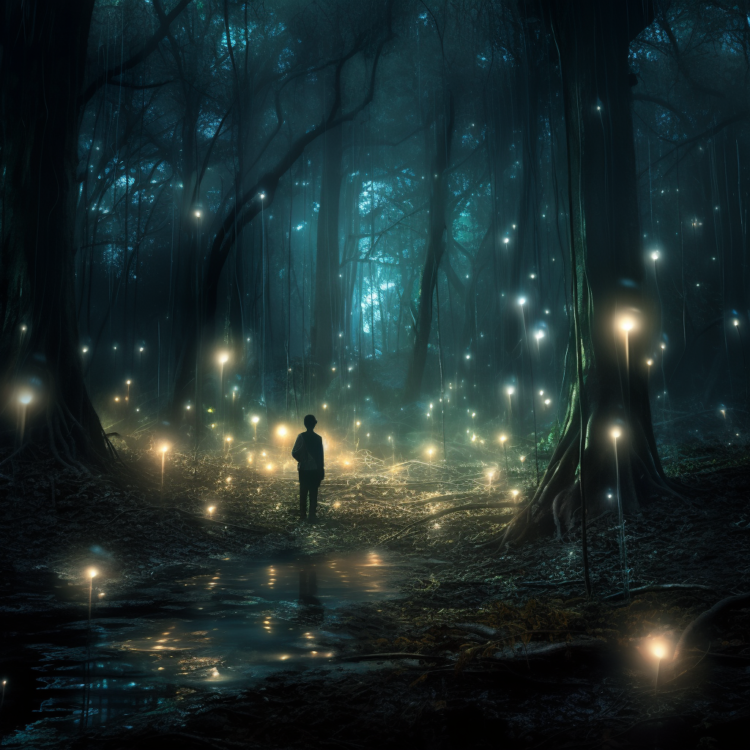
The phenomenon has been the subject of folklore and superstition for centuries, with many cultures interpreting it as a sign of supernatural activity or a harbinger of death. In some cultures, it is believed that the lights are actually the spirits of the dead or mischievous fairies who are leading travelers astray. In reality, however, the lights are a natural phenomenon and can be explained by science.
Although the phenomenon is often associated with wetlands, will-o’-the-wisps can occur in other environments as well, such as cemeteries or even on ships at sea. The exact cause of the phenomenon is still not fully understood, but it is believed to be related to the release of methane and other gasses from decaying organic matter, as well as atmospheric conditions such as temperature, humidity, and pressure.
Fairy Protection: How To Protect Yourself From Trickster Fairies
Trickster fairies are mischievous beings from folklore that are known for playing pranks on humans. Here are ten ways to protect yourself from trickster fairies:
1. Wear Protective Charms or Amulets Made of Iron
Having a charms, amulet or ward on you is good for fairy protection. These are said to ward off fairy mischief.
Iron has long been associated with protection against fairies and other supernatural beings in various cultures and folklore. There are a few different explanations as to why iron is believed to have this protective power:
Iron is a hard and durable material: Iron is a strong and durable material that is difficult to break or bend. This makes it an effective fairy protection tool for physical defense against fairies and other supernatural beings, which are often depicted as mischievous and tricky but can also be malevolent.
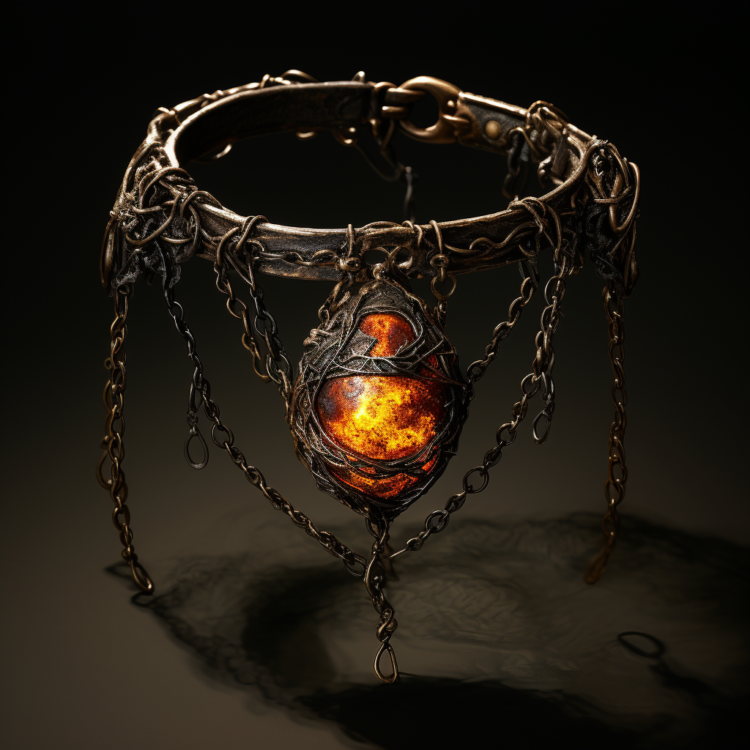
Iron is associated with technology and progress: In many mythologies, iron is associated with progress and technology. Fairies, on the other hand, are often associated with the natural world and magic. Iron represents a disruption of the natural order and may be seen as a threat to the power and influence of fairies.
Iron is a symbol of human dominance over nature: In many cultures, iron is associated with human civilization and the taming of the natural world. Fairies, as beings of the natural world, may be seen as inferior to humans and their tools, including iron.
Overall, the belief that iron protects against fairies is likely rooted in a combination of these factors and other cultural beliefs and traditions. It is important to note that this is a cultural and mythical belief and has no scientific basis.
2. Do Not Cross Into Fairy Territory Uninvited.
Sometimes, fairy protection is just having good knowledge and education about fairies. Fairies are known to be territorial and may become angry if their space is violated. Avoid fairy circles: especially at night! Fairy circles are rings of mushrooms that are said to be created by fairies. Some believe that stepping into a fairy circle can trap you in a magical realm, so it’s best to avoid them altogether.
Other sensible reasons for avoiding fairy rings are:
- Uneven ground: Fairy rings often cause the ground to become uneven, making it easier to trip and fall. This is especially true if the mushrooms have grown in a ring, as the ground may be elevated in the middle and sloping down on the edges.
- Toxicity: While many types of mushrooms are safe to eat, some are poisonous and can cause serious illness or even death. It can be difficult to identify which mushrooms are safe to eat and which are not, so it’s best to avoid eating any mushrooms that grow in fairy rings.
- Damage to the mushrooms: Walking through a fairy ring can damage the delicate mycelium network that the mushrooms rely on to grow. This can cause the mushrooms to die, and it may take years for the ring to re-form.
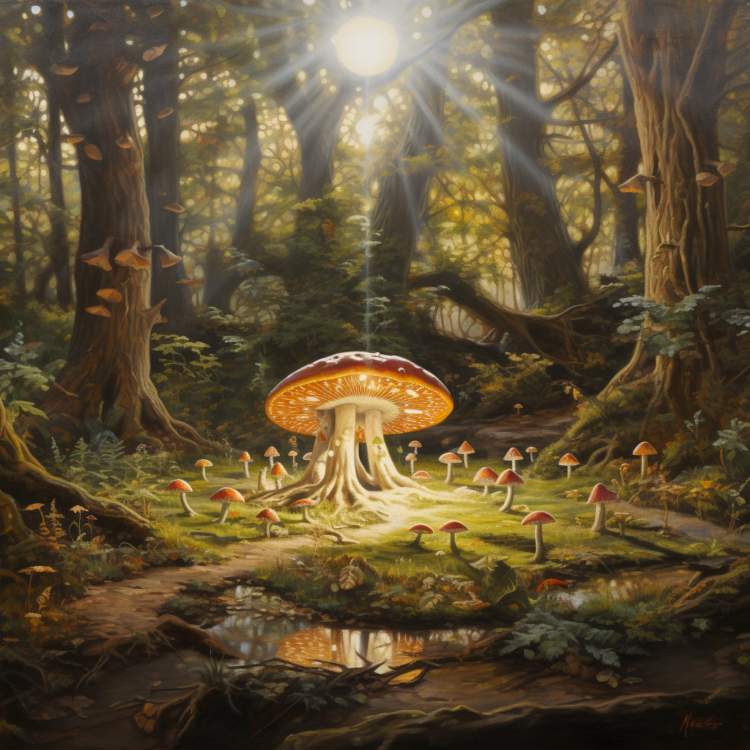
For these reasons, it’s generally best to avoid walking through fairy rings, both for your safety and to preserve the beauty of the mushrooms.
3. Carry a bag of salt or a piece of bread with you as a form of Fairy protection.
Carrying a bag of salt or a piece of bread is a traditional folk belief that is thought to protect individuals from fairy enchantments or malevolent fairy behavior.
In folklore, fairies are often depicted as mischievous and capricious beings who can cause harm to humans, especially if they are not shown proper respect or if they feel offended. Salt and bread are thought to have protective properties that can ward off the negative influence of fairies.
It is said that fairies cannot resist counting each grain of salt or crumb of bread, which will distract them from causing mischief.
Salt is traditionally considered a purifying agent, and its presence is believed to create a barrier that fairies cannot cross. In some traditions, salt is also thought to have the power to break enchantments cast by fairies. Carrying a bag of salt can therefore be seen as a way of protecting oneself from fairy influence.
Bread, on the other hand, is associated with the concept of hospitality and is often used as an offering to fairies. By carrying a piece of bread, it is believed that an individual is showing respect and goodwill towards the fairies and therefore less likely to be targeted by their harmful actions.
It is important to note that these beliefs are rooted in folklore and have no scientific basis. However, they continue to be a part of traditional cultural practices in some communities.
4. Leave offerings of milk or honey in the garden or other outdoor areas for Fairy Protection
The tradition of leaving milk and honey in the garden for fairies can be traced back to ancient Celtic and Norse folklore. In these traditions, fairies were believed to be supernatural beings that lived in the natural world and had a close connection to the cycles of nature.
Milk and honey were seen as symbols of fertility and abundance, and offering them to the fairies was a way of seeking their blessings for a good harvest, good health, and good luck.
In some traditions, fairies were also believed to be mischievous beings who could cause trouble if they were not appeased with offerings. By leaving milk and honey in the garden, people hoped to keep the fairies happy and avoid any mischief or harm that they might cause.
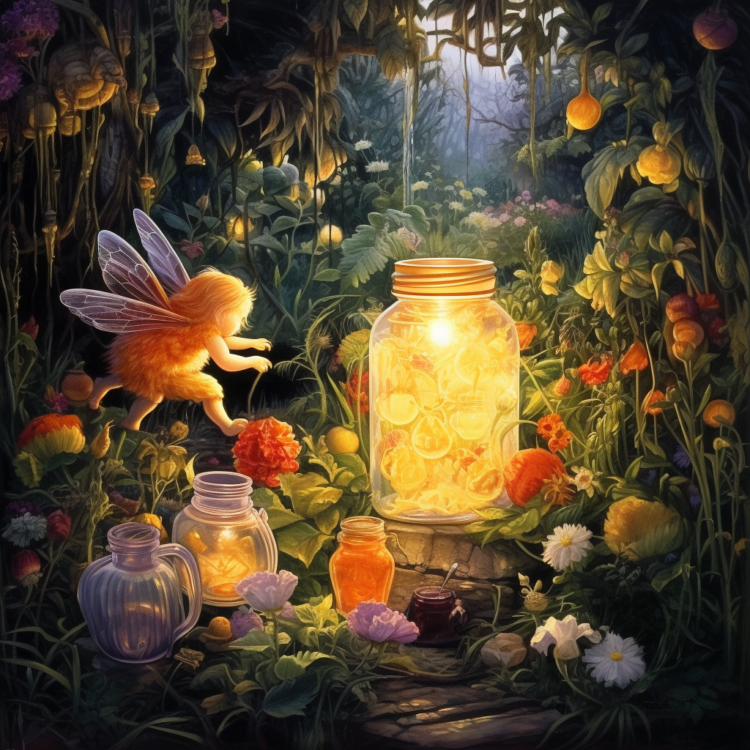
The practice of leaving offerings for fairies has continued in some parts of the world, particularly in Ireland and Scotland, and is often seen as a way to honor the natural world and the spirits that are believed to dwell within it. It is also sometimes viewed as a way to teach children about the importance of respecting nature and the environment.
5. Keep a watchful eye
Fairies are said to be mischievous creatures who like to play tricks on humans. Be on the lookout for signs of fairy activity, such as objects moving on their own or unexplained noises.
6. Carry a small bell with you
Carrying a bell with you is a traditional folk remedy that is believed to protect you from fairies in some cultures. The idea behind this belief is that fairies are mischievous supernatural beings who can cause harm and mischief to humans, and they are said to be averse to loud noises.
By carrying a bell with you, the sound of the bell is said to frighten away or annoy the fairies and keep them at bay. The noise of the bell is thought to be particularly effective at night when fairies are believed to be most active.
In addition to bells, other noisy objects like whistles or rattles are also thought to have protective properties against fairies in some cultures.
7. Avoid making promises to fairies,
Fairy folklore is full of cautionary tales that warn against making promises to fairies. In many traditions, fairies are considered mischievous and capricious beings who are not to be trusted, and making a promise to a fairy can have serious consequences.
Here are a few reasons why you should never make a promise to a fairy:
- Fairies are known for their tricky nature: Fairies are often portrayed as mischievous creatures who enjoy playing pranks on humans. If you make a promise to a fairy, they may use it as an opportunity to trick or deceive you in some way.
- Fairies take promises very seriously: In many fairy tales and legends, making a promise to a fairy is seen as a sacred oath. Fairies are known for being very strict about promises and will go to great lengths to ensure that they are kept. If you break a promise to a fairy, they may take revenge on you in some way.
- Fairy promises are often unclear or vague: Fairies are often associated with riddles and vague promises that are open to interpretation. If you make a promise to a fairy, you may find that you have inadvertently committed to something that is much more complicated or difficult than you initially thought.
- Fairies can be unpredictable: Fairies are not bound by human rules and expectations, and their behavior can be difficult to predict. If you make a promise to a fairy, you may find that the fairy’s expectations or demands change unexpectedly, leaving you in a difficult or even dangerous situation.
Overall, making a promise to a fairy is generally not recommended. If you do find yourself in a situation where you need to deal with fairies, it’s best to be cautious and avoid making any binding commitments.
8. Never accept food or drink from fairies.
In many cultures and folklore, fairies are often portrayed as mischievous and unpredictable beings. While some tales depict them as helpful, friendly creatures, others portray them as dangerous and even malevolent. Accepting food or water from fairies can have different meanings depending on the specific folklore, but in general, it’s often seen as a bad idea.
One reason not to accept food or water from fairies is that it could make you indebted to them. Fairies are sometimes said to offer humans gifts or favors in exchange for something, and accepting food or drink from them could be seen as an agreement to such a contract. In some tales, eating fairy food is said to bind a person to the fairy world, preventing them from returning to the human world.
Another reason not to accept food or water from fairies is that it could be a trap. In some stories, fairies are said to use food or drink to lure humans into their realm, where they can be held captive or subjected to other forms of mischief. In other tales, fairies may offer food or drink that appears appealing, but is actually cursed or poisoned.
Ultimately, the reasons why you shouldn’t accept food or water from fairies may vary depending on the specific folklore or culture. However, the common theme is that doing so could have unexpected and potentially harmful consequences.
9. Hang a horseshoe above your door for Fairy Protection
This is believed to protect your home from fairy mischief. The belief that a horseshoe above the door can protect a home from fairies is a common folk belief or superstition that has its roots in European folklore. In this folklore, fairies were believed to be mischievous supernatural beings who could bring good fortune or cause harm to humans.
Horseshoes were seen as a symbol of good luck and protection in many cultures, and were believed to have the power to ward off evil spirits, including fairies. The shape of the horseshoe, with its open end pointing upward, was also thought to act as a container for good luck, trapping it inside and preventing it from escaping.
Additionally, iron horseshoes were believed to have a special power, as iron was thought to be a protective metal with magical properties. According to legend, fairies were afraid of iron and could be driven away by it.
So, by hanging a horseshoe above the door, people believed they could protect their home from the mischief of fairies and attract good luck and prosperity. This belief has been passed down through generations.
10. Keep a rowan tree in your yard as Fairy Protection
This is said to be a protective tree that keeps fairies away. The belief that rowan trees can protect against fairies is rooted in folklore and mythology, particularly in Celtic and Norse traditions. In these cultures, rowan trees were believed to have protective and magical properties that could ward off evil spirits and malevolent beings, including fairies.
One possible explanation for this belief is that rowan trees were seen as sacred, and their berries were thought to have powerful protective properties. It was believed that hanging a sprig of rowan over a doorway or wearing a necklace made of rowan berries may offer fairy protection, as well as other harmful supernatural creatures.

Additionally, it was believed that fairies were repelled by certain smells, and the strong scent of rowan leaves was thought to be particularly effective at keeping them at bay. Rowan trees were often planted near homes and other buildings to create a barrier against fairies and other malicious spirits.
Overall, the belief that fairy protection can be achieved through rowan trees is likely a combination of a variety of cultural and mythological beliefs and practices.
Wrap up to Fairy Protection: 10 Ways to Protect Your Home & Yourself
Fairies have long been a source of both wonder and fear in many cultures. While some believe in their benevolent nature, others view them as mischievous and potentially dangerous creatures.
While our human abilities to see and hear fairies in their natural environment is diminished due to our own natural capabilities doesn’t mean we can not. (Read this post we wrote on the human natural ability to see and hear, The Human Visible Spectrum.
If you’re concerned about encountering fairies, there are several steps you can take to protect yourself, including avoiding fairy rings, carrying iron or salt, wearing protective herbs or amulets, and being cautious when in areas known to be frequented by fairies.
By heeding this fairy protection precautions and respecting the power and presence of these mythical beings, you can help ensure a safe and peaceful coexistence with the fairy realm.
